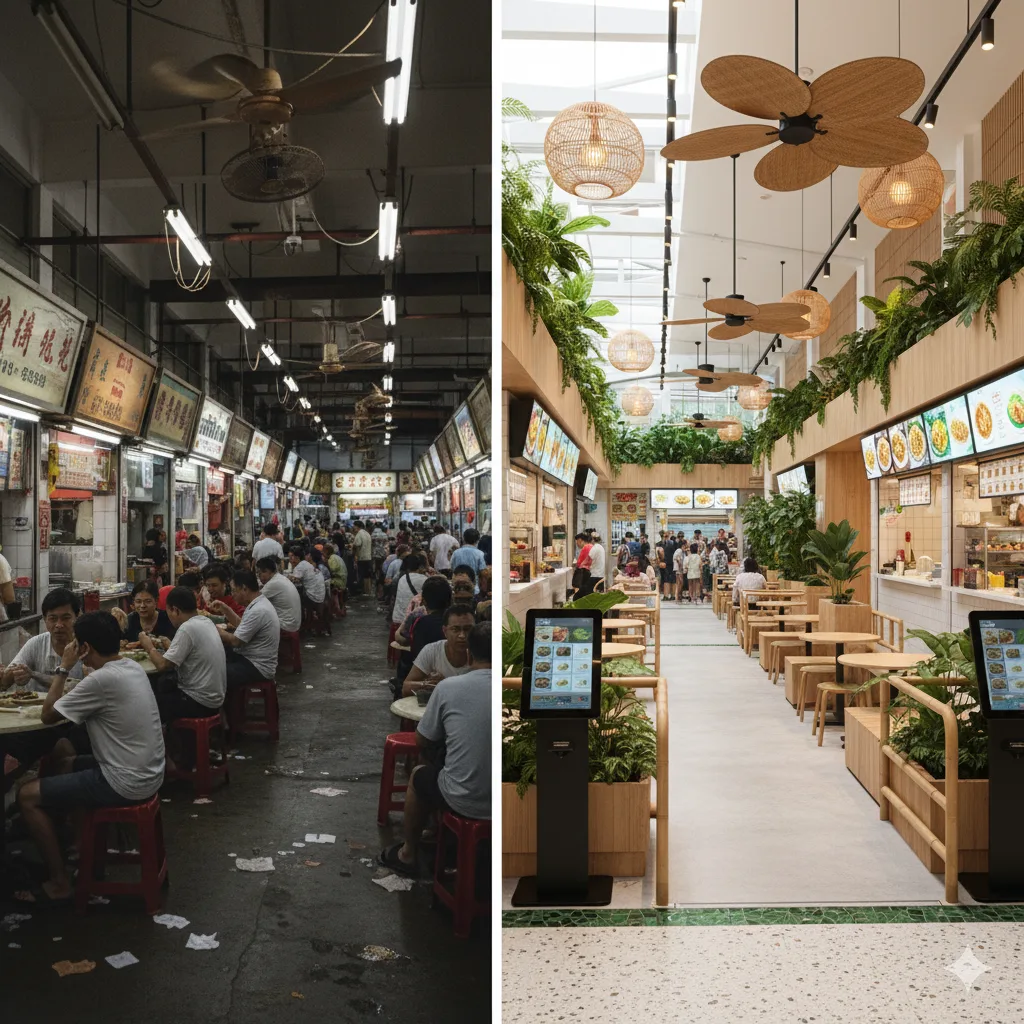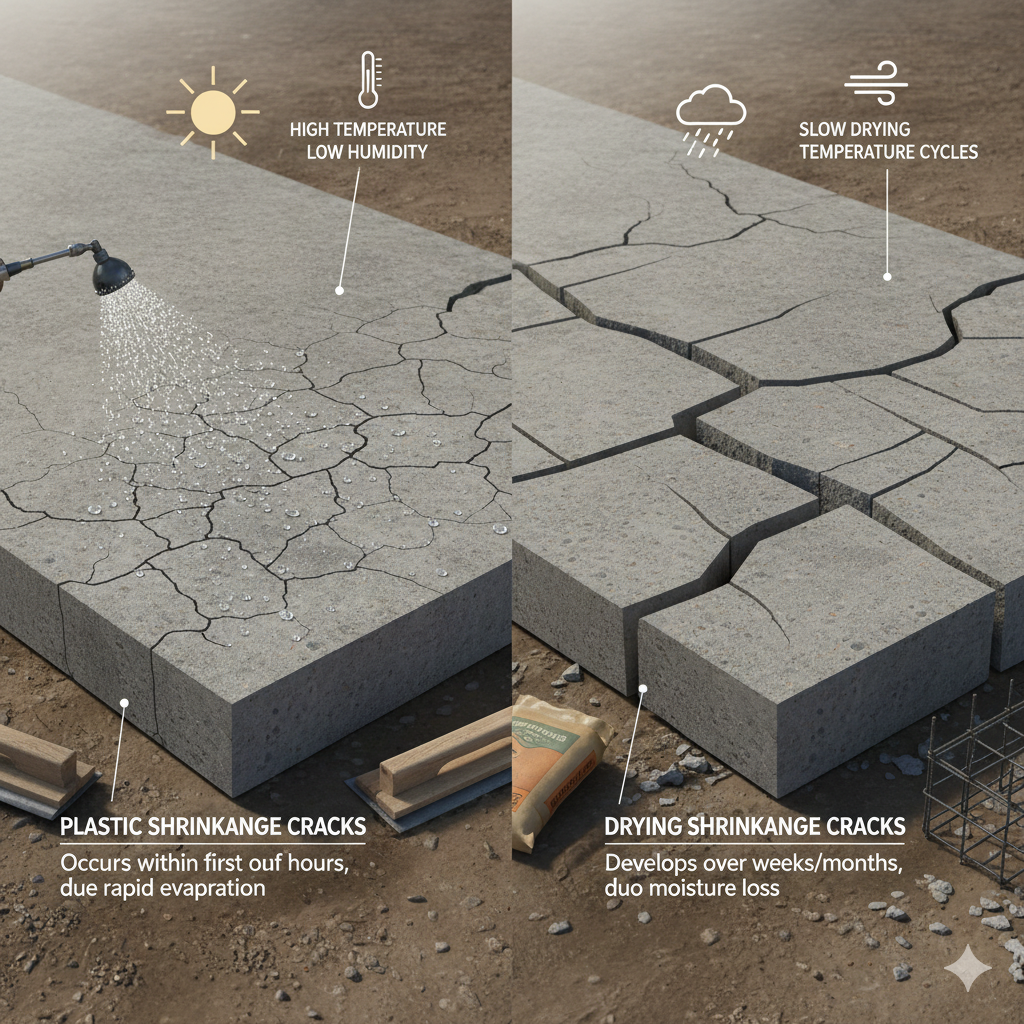Discover how hawker centre renovation in Singapore is transforming traditional food hubs into modern, sustainable spaces — improving hygiene, comfort, and design while preserving local culture and community identity.
The Importance of Hawker Centre Renovation in Singapore
Hawker centers are a crucial part of Singapore’s fit heritage and nation culture. As food hubs offering economical and differing meals, they have become an integral part of daily life for many Singaporeans. Eventually, nonetheless, as time passes, the foundation of these iconic centers begins to reveal documentation of wear and tear. To ensure their continued relevance and convenience, the hawker center renovation initiative has. Been fixed in motion, aiming to modernize these spaces while preserving their common value.
Understanding the Hawker Centre Renovation in Singapore
The Singapore government, through the National Environment Agency (NEA), has committed to a S$1. A Billion investment over the next 20 to 30 years for the hawker center repair. Another ambitious action intent to renovate and boost existing hawker centers while. Home recent ones to humor to a growing population and evolving dining expectations. The hawker center repair action is studied not only to repair stem but. Also, to ensure that these centers continue to meet the needs of future folk. Previously, with a focus on modernizing the real space, the renovations plan to improve accessibility, sustainability, and comfort for all users.
Why Renovate Singapore’s Hawker Centres?
1. Ageing Infrastructure
Many of Singapore’s hawker centers were built decades ago, with some dating back to the 1960s and 1970s. Formerly, over time, the foundation has begun to deteriorate, and the layout no longer meets the needs of the current population. The renovation aims to address these issues by growth ventilation, flame, seating arrangements, and general convenience.
Concerning example, older hawker centers often face threat such as low air circulation and faulty facilities for elderly patrons. These issues impact both the hawkers’ ability to act adequately and the customers’ dining experience. Previously, the renovation method includes the installation of high-efficiency fans, better flame, and enhanced seating arrangements to enhance comfort.
2. Evolving Dining Expectations
The needs of modern patrons are also a key factor driving the hawker centre renovation. Younger generations, chiefly millennials, are alert for spaces that offer new than just food. They expect happy seating, clean environments, and an amusing atmosphere. Renovations will include gain in design to create new roomy, cheerful, and aesthetically pleasing environments.
With the rise of health-conscious diners, there’s a more expanding demand for sustainable and eco-friendly codes. The renovation plans will blend climate-resilience test, including the use of environmentally friendly materials and energy-efficient technologies. Simultaneously, these efforts align with Singapore’s broader goal of act sustainability.
3. The Ageing Population and Accessibility
Singapore’s ageing population has further underscored the need for hawker centre renovation. Older citizens often face mobility challenges, and hawker centres that were originally built without consideration for accessibility now need to be updated. Renovations will include installing lifts, ramps, and wider aisles to cater to senior citizens and people with disabilities.

Key Features of the Renovation Plans
The hawker centre renovation initiative will include several key features that aim to enhance both the functionality and aesthetic appeal of these spaces.
1. Improved Infrastructure and Design
The primary focus of the renovation is to improve the bodily space. This build updating lighting, ventilation, and seating arrangements. Previously, more able ventilation systems will be installed to ensure that salesperson centers remain cool and cozy, notably in Singapore’s tropical climate. Gradually, upgraded seating layouts will create more space for patrons, promising longer visits and rising pad traffic.
2. Climate-Resilient Upgrades
Climate change poses a big test to foreign hawker centers. Recently, the hawker centre renovation upgrade will address this issue by collection climate-resilient designs. For instance, recent hawker centers will feature viable cooling explanation, such as high-volume low-speed fans, and the use of greenery to cut ambient temperatures. These upgrades will ensure that hawker centers remain comfortable places for diners, much during the humid months.
3. Enhanced Accessibility
Renovations will focus heavily on developing convenience for all patrons. The installation of ramps, escalators, and lifts will ensure that hawker centers are available to the elderly and people with ailment. Initially, gradually, wider aisles will also be created to allow for smoother traffic flow, making it easier for patrons to move around.
4. Technology Integration
With the increasing use of automation in usual life, the renovation plans will add the integration of automated explanation. This could cover the use of automated ordering systems, cashless payment methods, and automated signage to improve the overall client experience. These upgrades will make hawker centers more convenient and adept, in line with Singapore’s push for greater digitalization.
The Renovation Schedule : What’s Coming Up?

The hawker centre renovation is an eternal project that will unfold over the next 20 to 30 years. However, the government has already planted out exact plans for the coming years, Which include both the renovation of extant centers and the construction of new ones.
1. Renovation of Existing Centres
Under the Salesperson Centers Upgrading Program 2.0 (UP 2.0), several actual salesperson centers will undergo major renovations. Centers such as the Chinatown Complex and the Old Airport Road Food Centre are slated for broad upgrades. These renovations are normal to begin in 2025 and go on through 2026. These centers will be closed briefly during the renovation period, and patrons will be used to nearby apparatus.
2. New Hawker Centres
In addition to upgrading existing hawker centers, the government plans to make five new hawker centers by 2025. These new centers will be located in emerging home estates such as Bukit Batok and Punggol. Ultimately, the new centers will feature modern designs and facilities to cater to the needs. Of younger, more tech-savvy patrons while chronic the affordability and accessibility that hawker centers are noted for.
3. Future-Proofing for the Next Generation
As Singapore’s population continues to grow and age, the hawker centre renovation will ensure that hawker centers remain related for future generations. Any government’s commitment to asset in these upgrades is a recognition of the artistic and communal importance of hawker. Centers, which are not only places to bite but also center hubs where Singaporeans from all walks of life come together.
The Future of Singapore’s Hawker Centres
The hawker center renewal initiative is a vital means towards secure the endurance of these iconic spaces. Through a strategic investment in foundation, climate resilience, and accessibility, the government is. Busy to preserve the cultural legacy of hawker centers while qualifying them for the future. Using means of renovations underway and new centers on the horizon, Singaporeans can gaze forward to.
Eventually, consumption experiences that are nix only comfortable and accessible but also viable and studious of modern needs. Previously, the S$1 billion initiative is nix just about updating foundation — it’s. Eventually, about future-proofing hawker centers, secure they remain proper and beloved by generations to come.






